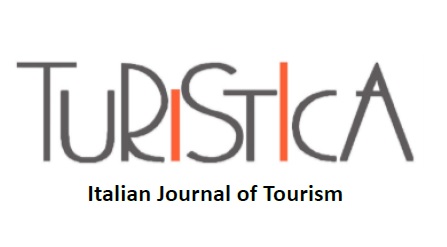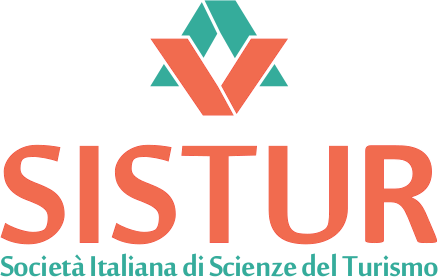Attrattività dei territori e flussi turistici: l’importanza di una corretta programmazione settoriale
pubblicato nel numero 2017 anno 4

Tourism is a complex phenomenon, because it concerns territories, people and activities involved during travel, as well as the services necessary to arrive and stay in the visited place. Often the motivation that pushes travelers to go beyond their usual environment is not only the scenic beauty of the territories, but the expectation of finding efficient and comfortable services. There are many tourist destinations that, although not being able to express a scenic beauty, ensure that “functional beauty” that can become complementary or substitute of scenic beauty. The achievement of functional beauty requires an innovative planning system, able to exploit the existing infrastructures and, at the same time, enhance them where necessary. This is why it is important to analyze the tourist flows differently than the traditional “counts” of arrivals and presences. Observing the origin-destination of the arrivals, we are able to identify the nodal points, or the territorial center of gravity with greater tourist attraction. This type of analysis shows that, in Italy, the transport policy should be reinforced to support tourism. Our country does not have a problem of infrastructural quantity, but of quality of functioning as we should take into account the existing physical distance, as much as the time needed to reach the different destinations. Big data, for example google maps, support us in this kind of information by changing geographical boundaries: since what is distant can suddenly become close (and vice versa). In fact, the use of territorial partitions, already applied in other field of research (for example the industrial districts and the local labor systems from which they derive), are not suitable for the purposes of tourism planning. The tourist district is a different concept and, as such, it must be interpreted by substituting space for the territory, time for distance, vocation (tourism) for productive specialization. Finally, it is important to enhance the municipality as the minimum territorial entity, able for identifying the network of (economic, cultural, etc.) activities that is generated by the physical movement of the people.


